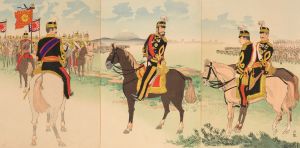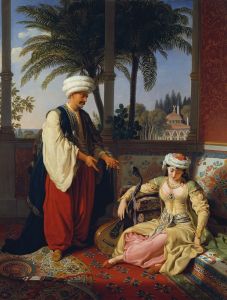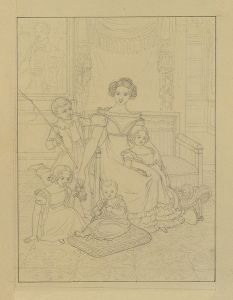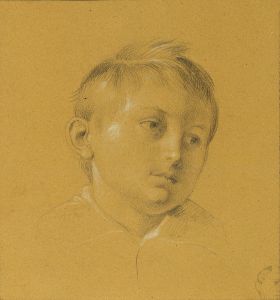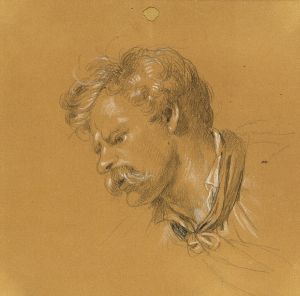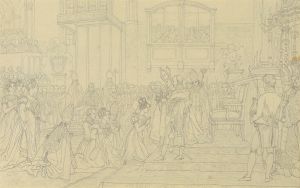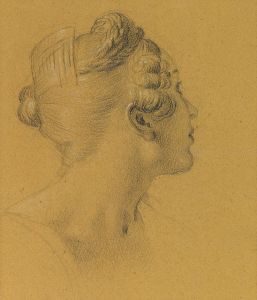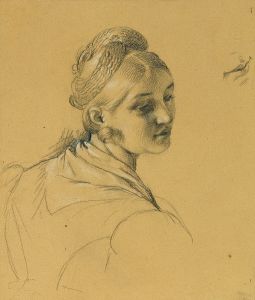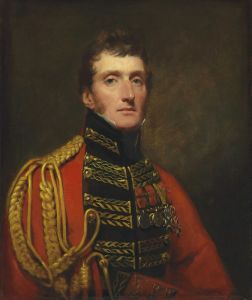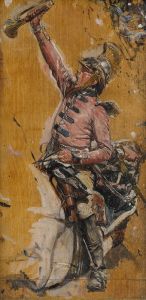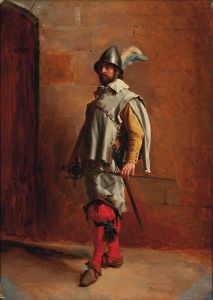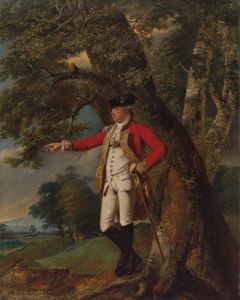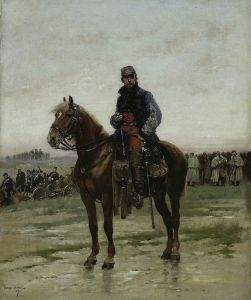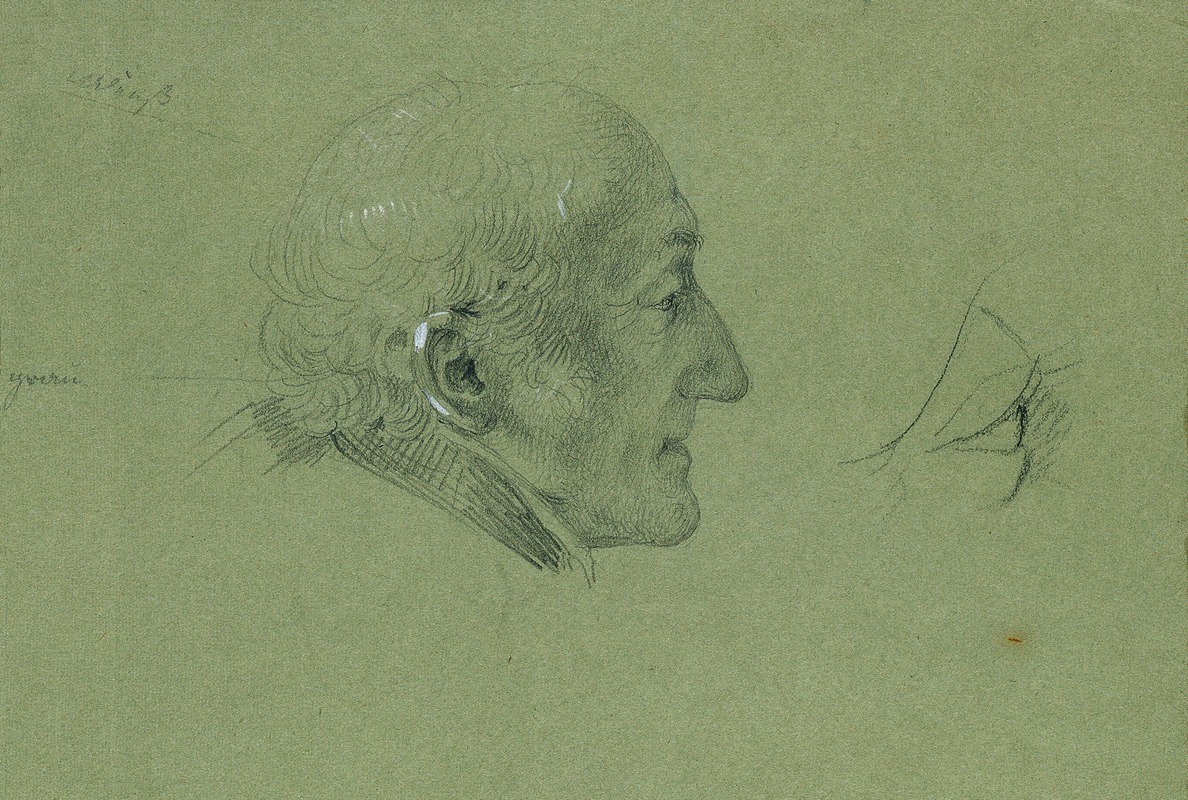
Porträtstudie zur ‘Heimkehr des Landwehrmannes’
A hand-painted replica of Johann Peter Krafft’s masterpiece Porträtstudie zur ‘Heimkehr des Landwehrmannes’, meticulously crafted by professional artists to capture the true essence of the original. Each piece is created with museum-quality canvas and rare mineral pigments, carefully painted by experienced artists with delicate brushstrokes and rich, layered colors to perfectly recreate the texture of the original artwork. Unlike machine-printed reproductions, this hand-painted version brings the painting to life, infused with the artist’s emotions and skill in every stroke. Whether for personal collection or home decoration, it instantly elevates the artistic atmosphere of any space.
Johann Peter Krafft was an Austrian painter known for his historical and genre scenes, and he played a significant role in the development of 19th-century Austrian art. One of his notable works is "Porträtstudie zur ‘Heimkehr des Landwehrmannes’," which translates to "Portrait Study for ‘The Return of the Militiaman’." This painting is a preparatory study for a larger work that captures the essence of post-war life and the emotional reunion of soldiers with their families.
Krafft was born on September 15, 1780, in Hanau, Germany, and later moved to Vienna, where he became a prominent figure in the art scene. He studied at the Academy of Fine Arts in Vienna and was influenced by the Neoclassical style, which is evident in his precise and detailed approach to painting. His works often depicted historical events and everyday life, reflecting the social and cultural milieu of his time.
The "Porträtstudie zur ‘Heimkehr des Landwehrmannes’" is a testament to Krafft's skill in capturing human emotion and the nuances of personal interaction. Although specific details about this particular study are limited, it is known that it served as a preparatory piece for a larger composition. The final work, "Heimkehr des Landwehrmannes," is celebrated for its poignant depiction of a soldier returning home after the Napoleonic Wars, a theme that resonated deeply with the public during that era.
Krafft's ability to convey the emotional weight of such reunions is evident in the expressions and body language of the figures he painted. His attention to detail and his commitment to realism helped to convey the authenticity of the scene. The study likely focused on individual characters, exploring their expressions and interactions to ensure that the final composition would effectively communicate the intended narrative.
Throughout his career, Krafft received numerous accolades and held prestigious positions, including serving as a professor at the Academy of Fine Arts in Vienna. His influence extended beyond his paintings, as he played a crucial role in shaping the next generation of artists. His works are characterized by their historical accuracy, emotional depth, and technical precision, qualities that made him one of the leading artists of his time.
The "Porträtstudie zur ‘Heimkehr des Landwehrmannes’" is an example of Krafft's dedication to capturing the human experience, a theme that runs throughout his oeuvre. His paintings often reflect the societal changes and historical events of his time, providing a window into the past through the lens of personal and collective experiences.
In summary, Johann Peter Krafft's "Porträtstudie zur ‘Heimkehr des Landwehrmannes’" is a significant work that highlights his mastery in portraying human emotions and historical narratives. Although specific details about this study are scarce, its connection to the larger work underscores Krafft's role in documenting the emotional landscape of post-war Europe. His contributions to art continue to be recognized for their historical significance and artistic excellence.





